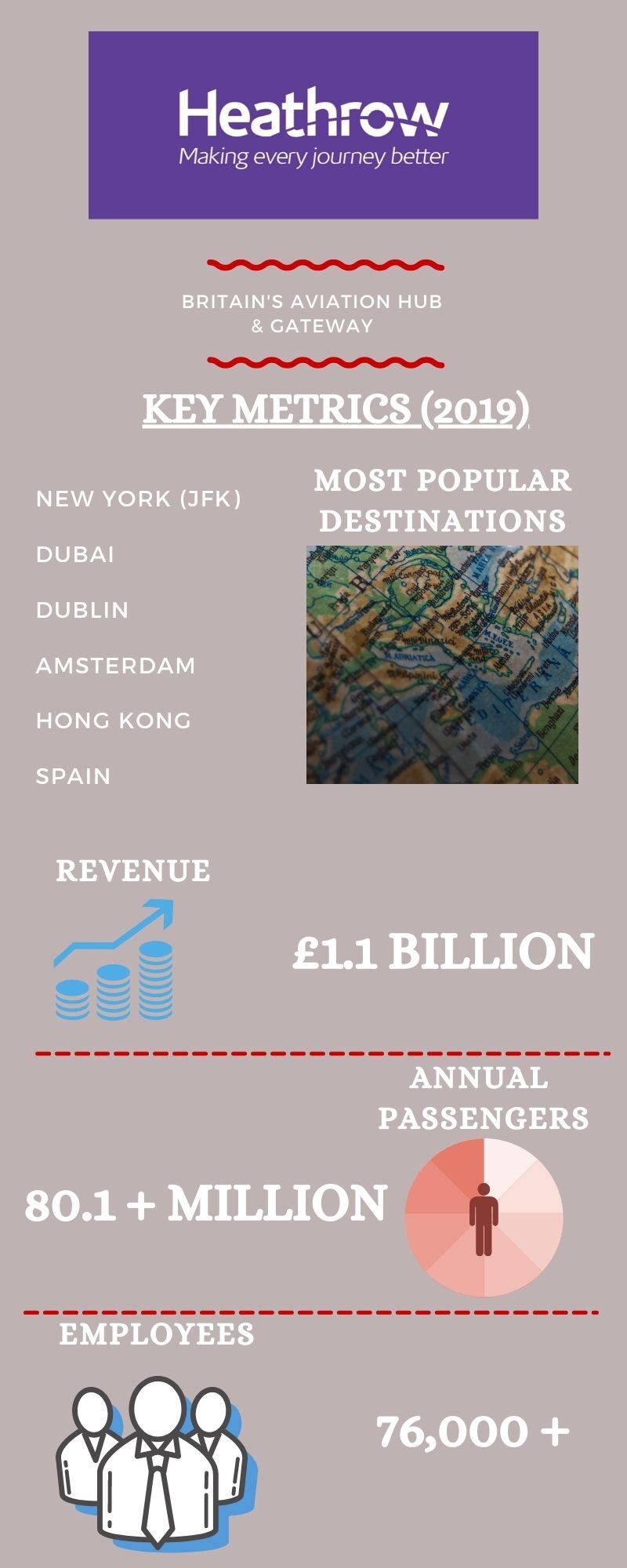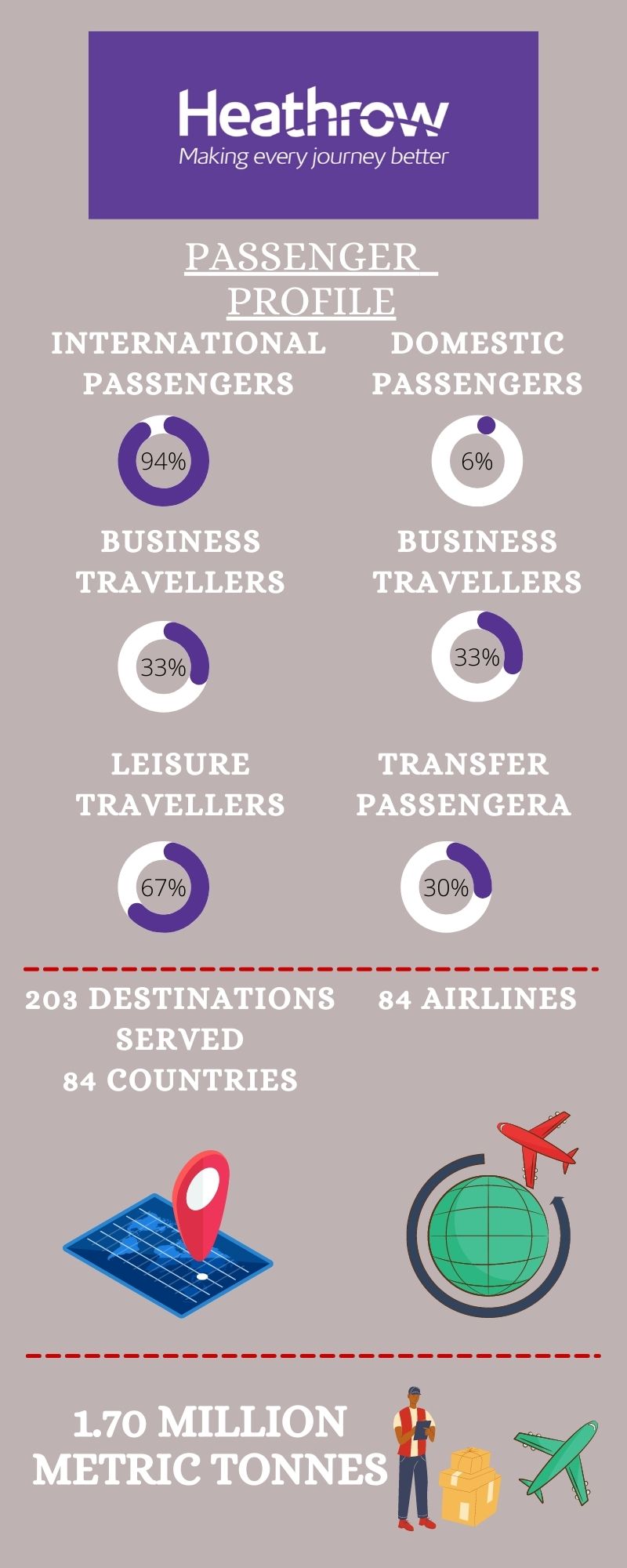

Background
Heathrow is a gateway connecting the United Kingdom to over 80 long-haul destinations, making it easier for British exporters to get to growing markets and for tourists, students and investors to come to the UK.
The framework for the Heathrow Management System was developed by the Business Assurance Team and approved by the Executive Committee. Business units across Heathrow are using the framework as a baseline for their Self-Assurance. The Business Assurance Team developed a plan for rolling out the Heathrow Management System (HMS) across Heathrow with two priority areas, namely Policy and Legislation, and Training and Competence.
As Heathrow gears up for growth, there is an increasing need to become more agile, efficient and effective. One of the key challenges was the multiple ways of working and confusing or contradictory information that hindered Heathrow’s ability to achieve common objectives, to collaborate, be aligned, stay current, consistent & compliant.
I-MORAN Consultancy Engagement
The vision of Heathrow Management system includes developing a common way of working – to make Heathrow more efficient, organised and enable them to deliver consistently high performance and outcomes, having a single set of current, reliable, useable, compliant, secure and easy to access information.
I-MORAN consultancy were required to enable the implementation of Heathrow’s strategic objectives by defining and capturing their standard way of working, enable accountable leaders to establish simpler & joined up practices, remove waste and duplication and become the common baseline for assurance, compliance and continuous improvement.
I-MORAN consultancy started by interviewing over 70 stakeholders from executive directors to heads of departments, collating inputs to define the “what” and “how” of Heathrow. We then developed a conceptual model that set the overarching framework across the business. This model included the business vision, priorities and objectives, stakeholder requirements, generic and common business functions to deliver the plan and requirements, enterprise organisational structure, supporting structure of core policies, procedures, standards and processes and the facilities, equipment, IT and information needed.
Business Architecture Expertise
I-MORAN Consultancy built a business reference model and transformed it into an enterprise business capability model. The business reference model grouped Heathrow core domains (Commercial, Operations, Support, strategic and assurance), business functions and business services into a conceptual view. The baselined business reference model was used as input to the business capability model. The capability model (Map and catalogue) depicted what Heathrow does currently and identified duplications in different teams, these were rounded-up to give a simplified summary picture. We achieved this by delivering the work in three phases. Phase 1 involved sourcing and collating existing materials, completing a desktop exercise, engaging business facing IT stakeholders, development and seeking approval for the first draft of the models. Phase 2 involved further stakeholder engagement, covering business and operational stakeholders. Tasks performed included refinement, filling gaps, enhancing accuracy and structure and developing common business function list. Phase 3 included challenging the AS IS contained in the model, final review and refined model, heat mapped areas of potential improvement, developed initial target list of opportunities, assessed and prioritised opportunities and produced an improvement opportunities assessment report. Additionally, we created a multi-layered model for Heathrow Management System that was used to support enterprise RACI and IT simplification, using the model for cross checking of alignment, misalignment and gaps. A Heathrow Strategic Capability statement was also created to outline capabilities used to deliver services that are directly consumed by passengers, airlines and retailers; Capabilities used to provide the operational support needed to maintain and deliver the day-to-day airport services; Capabilities used to continuously develop and improve the airport’s performance, assets and infrastructure; Capabilities used to assure the efficient, effective and compliant running of the airport and it’s environment; Capabilities used to manage and deliver the corporate and enabling functions of the airport business, its staff and supply chain.
